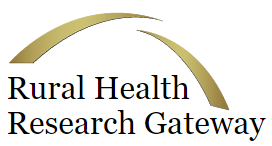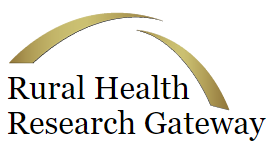September 26, 2025

Rural Health Research: Rural-Urban Comparisons of Nursing Staff Turnover Among Skilled Nursing Facilities
This study from the University of South Carolina Rural Health Research Center assessed facility-level turnover rates for nursing and registered nurse (RN) personnel across levels of rurality and by region.
A total of 14,986 facilities were included in the August 2023 data released by the Centers for Medicare & Medicaid Services. Of those facilities, 72.3% were in urban areas.
Click Here to Read More



